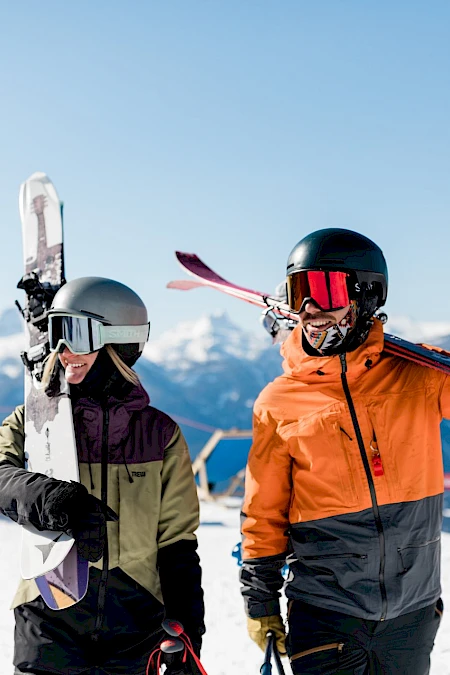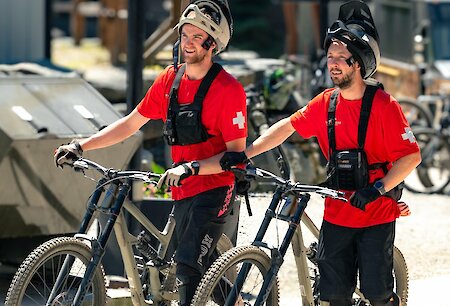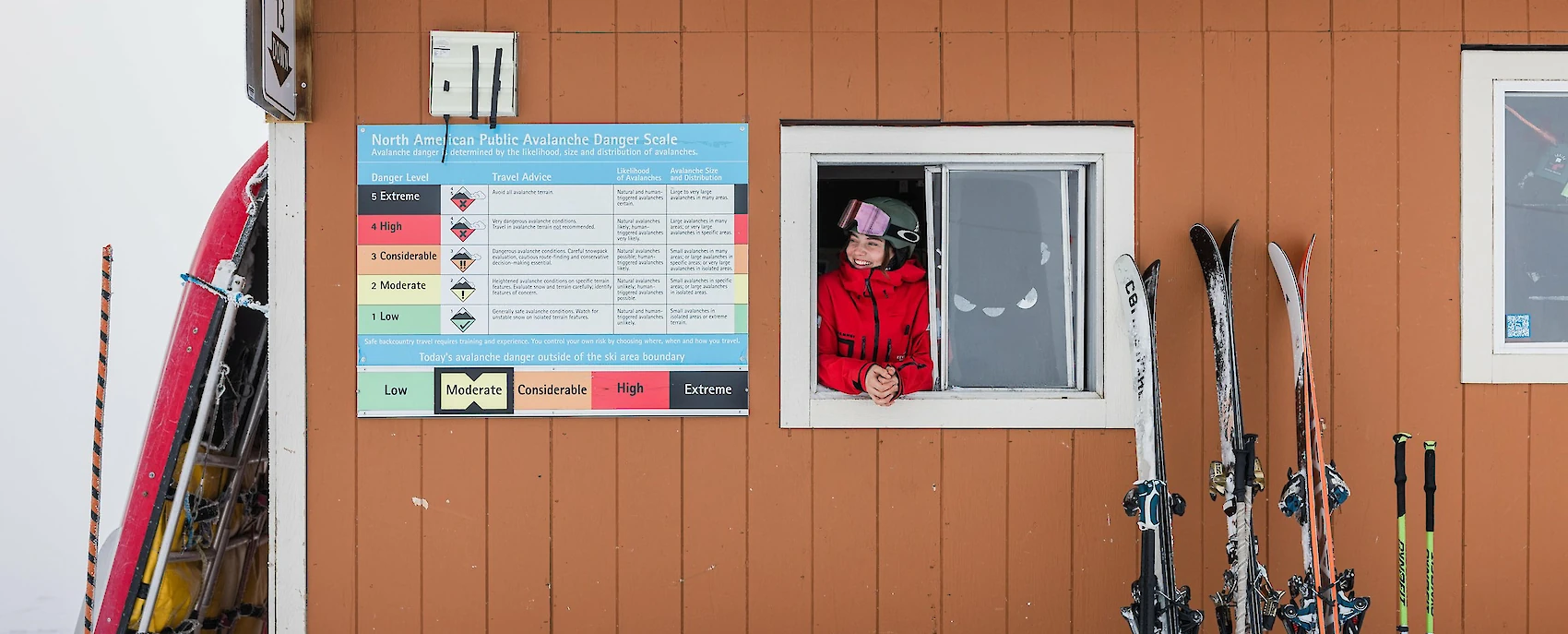
Winter Safety & Risk Awareness
The use of Revelstoke Mountain Resort’s premises, facilities, and participation in activities involves inherent risks, dangers, and hazards. By accessing or using these premises and facilities, you voluntarily assume all risks of personal injury, death, property damage, or loss, regardless of cause, including but not limited to negligence, breach of contract, or breach of any duty of care by Revelstoke Mountain Resort, its employees, or representatives.
In case of on-mountain emergency, call Patrol/Dispatch at
For more information about ski-area safety practices, visit www.skisafety.ca.
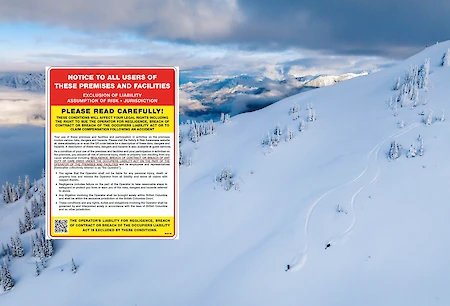
Exclusion of Liability – Assumption of Risks
Before hitting the slopes, understand the inherent risks of mountain activities and your responsibilities as a guest. Safety starts with awareness.
Learn more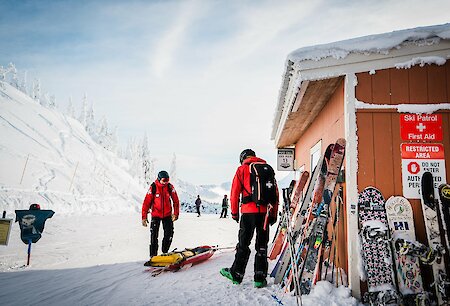
Alpine Responsibility Code
Know the rules of the mountain! Follow the Alpine Responsibility Code to keep yourself and others safe while enjoying the slopes.
Learn more
Slips, Trips & Fall Hazards
Stay on your feet this winter—learn how to recognize and avoid common hazards around the resort, from icy walkways to uneven surfaces.
Learn more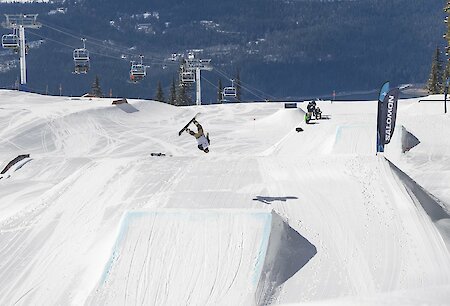
Terrain Park Safety and etiquette
Ride smart and respect others. Get familiar with park etiquette and the Smart Style principles before hitting jumps and features.
Learn more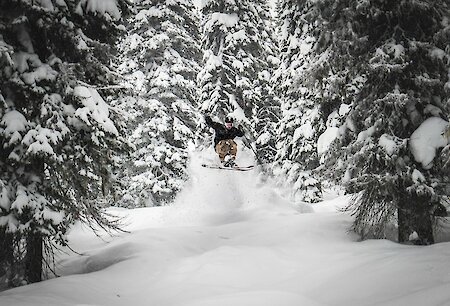
Glade Skiing & Tree Well Safety
Skiing in the trees offers incredible adventure—if done safely. Learn how to recognize and avoid tree well hazards before venturing off-piste.
Learn more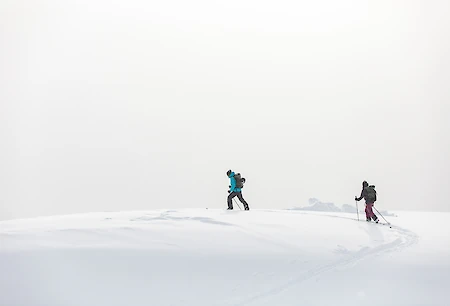
Resort Boundary & Backcountry safety
Know before you go. Understand resort boundaries, signage, and the precautions needed when exploring beyond the ropes.
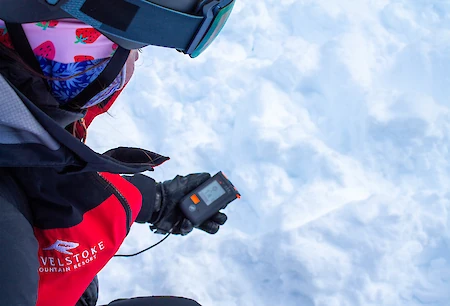
Avalanche Ranch
Discover Avalanche Ranch, an educational zone that teaches mountain safety and avalanche awareness for all ability levels.
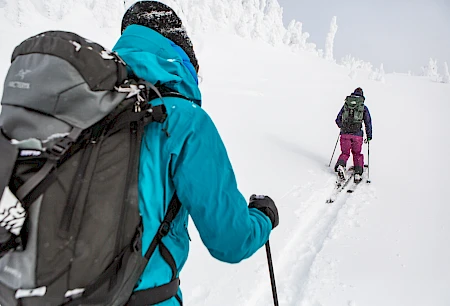
Avalanche Bulletin
Know before you go! Get the low down on backcountry conditions from Avalanche Canada before you leave the ski area boundary.
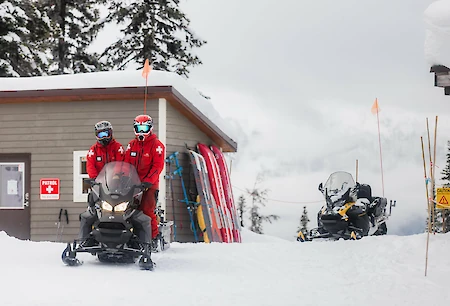
Resort Policies
Review our resort policies to make the most of your visit—covering everything from tickets and refunds to guest conduct and safety.
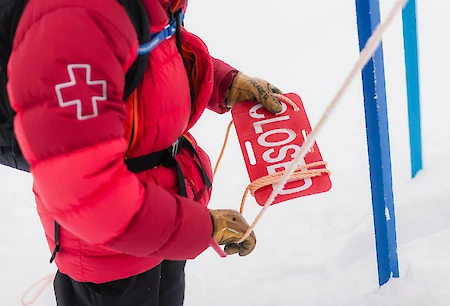
Mountain Signage
Every sign on the mountain tells you something important. Learn how to recognize and understand our signage to navigate safely.
